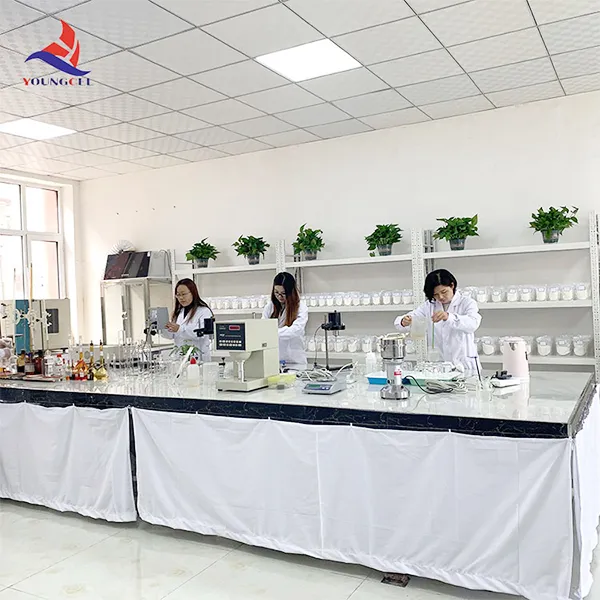The Role and Importance of Adhesive Chemicals in Modern Industries
Adhesive chemicals have become an indispensable part of various industries, playing a crucial role in the manufacturing, construction, automotive, and electronics sectors, among others. As the demand for stronger, more durable, and versatile bonding solutions continues to rise, the development and application of adhesive chemicals have expanded significantly. This article will explore the different types of adhesive chemicals, their applications, advantages, and future trends.
Adhesive chemicals can be broadly categorized into several types, including acrylics, epoxies, polyurethanes, silicon-based adhesives, and hot melts. Each type possesses distinct properties that make them suitable for specific applications. For instance, epoxy adhesives offer exceptional strength and heat resistance, making them ideal for automotive and aerospace applications. Conversely, silicone adhesives are known for their flexibility and moisture resistance, making them suitable for construction and high-temperature applications.
The versatility of adhesive chemicals is a key factor driving their widespread use. In the manufacturing sector, they are used to bond materials ranging from metals and plastics to glass and wood. In the automotive industry, adhesives are employed for assembling body panels, securing glass, and adhering interior components, providing weight reduction while ensuring structural integrity. The electronics industry relies on adhesive chemicals for encapsulating sensitive components, ensuring durability and performance in devices like smartphones and computers.
One of the most significant advantages of adhesive chemicals is their ability to promote environmental sustainability. By enabling efficient assembly processes and reducing the reliance on mechanical fasteners, adhesive systems can help manufacturers lower their energy consumption and material waste. Moreover, many adhesive chemicals are being formulated to be environmentally friendly, with low volatile organic compound (VOC) emissions, aligning with global efforts to reduce the carbon footprint of industries.
adhesive chemical

The performance of adhesive chemicals is often enhanced through innovations in formulation and application techniques. For example, the development of structural adhesives has allowed for strong bonding in demanding environments without the need for additional fasteners. Additionally, advancements in curing methods, such as UV curing, have improved the efficiency of production lines by reducing the time required for the adhesive to set.
Despite their advantages, the adhesive industry also faces certain challenges. One of the main concerns is the variability in performance among different substrates, as not all adhesive chemicals work effectively with every material. Ongoing research is focused on developing universal adhesives that can bond a diverse range of materials without compromising strength or durability. Furthermore, as safety regulations and standards are becoming more stringent, manufacturers must continuously adapt their products to comply with these requirements while maintaining performance.
Looking towards the future, the adhesive chemicals market is poised for growth, driven by emerging technologies and innovations. The rise of smart materials, which can respond to environmental changes, may lead to new adhesive formulations that provide dynamic bonding solutions. Additionally, the increasing focus on sustainable practices will likely result in more biobased adhesives derived from renewable resources.
In conclusion, adhesive chemicals play a vital role in modern industries, providing robust solutions for bonding materials in various applications. Their versatility, efficiency, and potential for environmental sustainability make them a critical component of manufacturing processes across multiple sectors. As research and development continue to advance, the adhesive industry is likely to see even more innovative solutions that meet the evolving needs of the market, offering new opportunities for growth and efficiency.
-
Premium Detergent Grade HPMC Hydroxypropyl Methylcellulose: Superior Thickening & StabilityNewsAug.31,2025
-
HEC 100000 Hydroxyethylcellulose for Paint | Superior ThickeningNewsAug.30,2025
-
Wall Putty Rdp Powder Packaging DesignNewsAug.29,2025
-
Introduction to Hpmc Hydroxypropyl Methyl CellulosNewsAug.29,2025
-
Hpmc Industri Grade IntegrationNewsAug.29,2025
-
How to Choose the Right Construction AdhesiveNewsAug.29,2025




